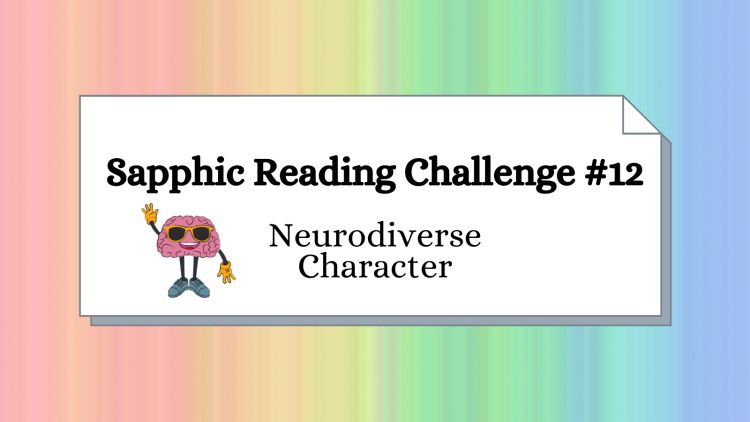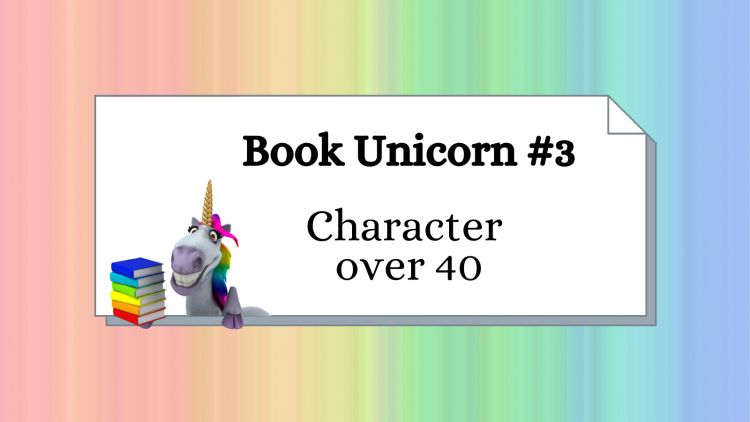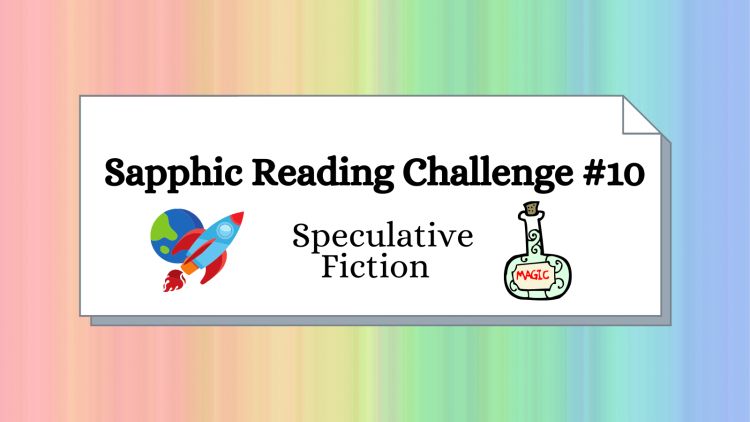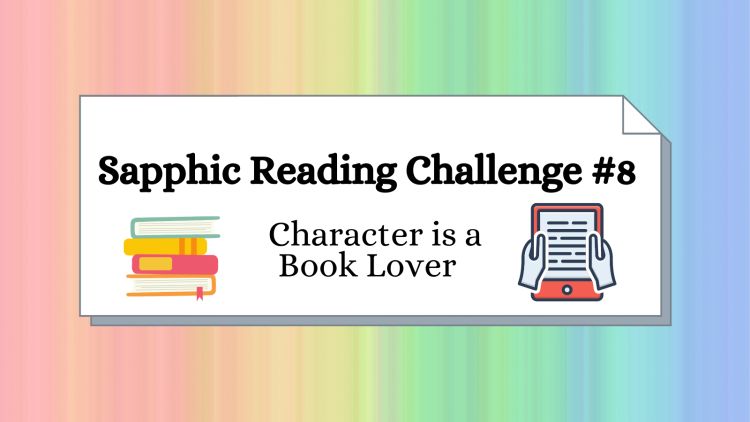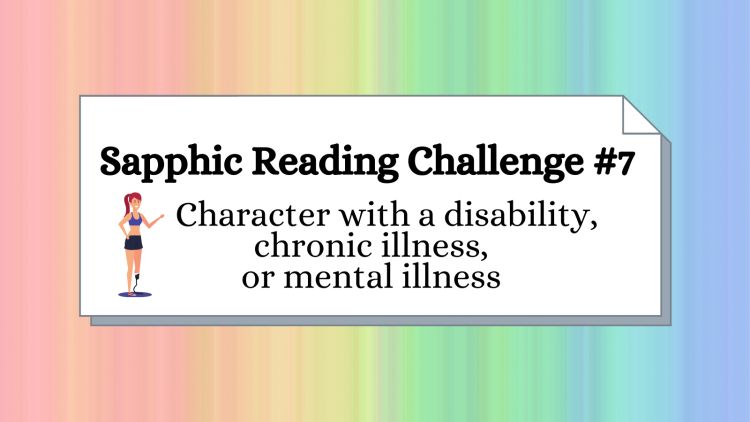Neurodiverse characters (Sapphic Reading Challenge #12)
Today’s category–sapphic books about neurodiverse characters–might as well be one of the Book Unicorn categories because there still aren’t that many.
In case you aren’t familiar with the term: a neurodiverse person (also called neurodivergent or neuroatypical) is someone whose brain works differently compared to neurotypical people. They might be on the autistic spectrum, have ADHD (attention deficit hyperactivity disorder), dyslexia, dyspraxia, or Tourette Syndrome.
